Ensuring the Pharaoh’s Eternal Peace in the Afterlife with Tutankhamun’s Treasure
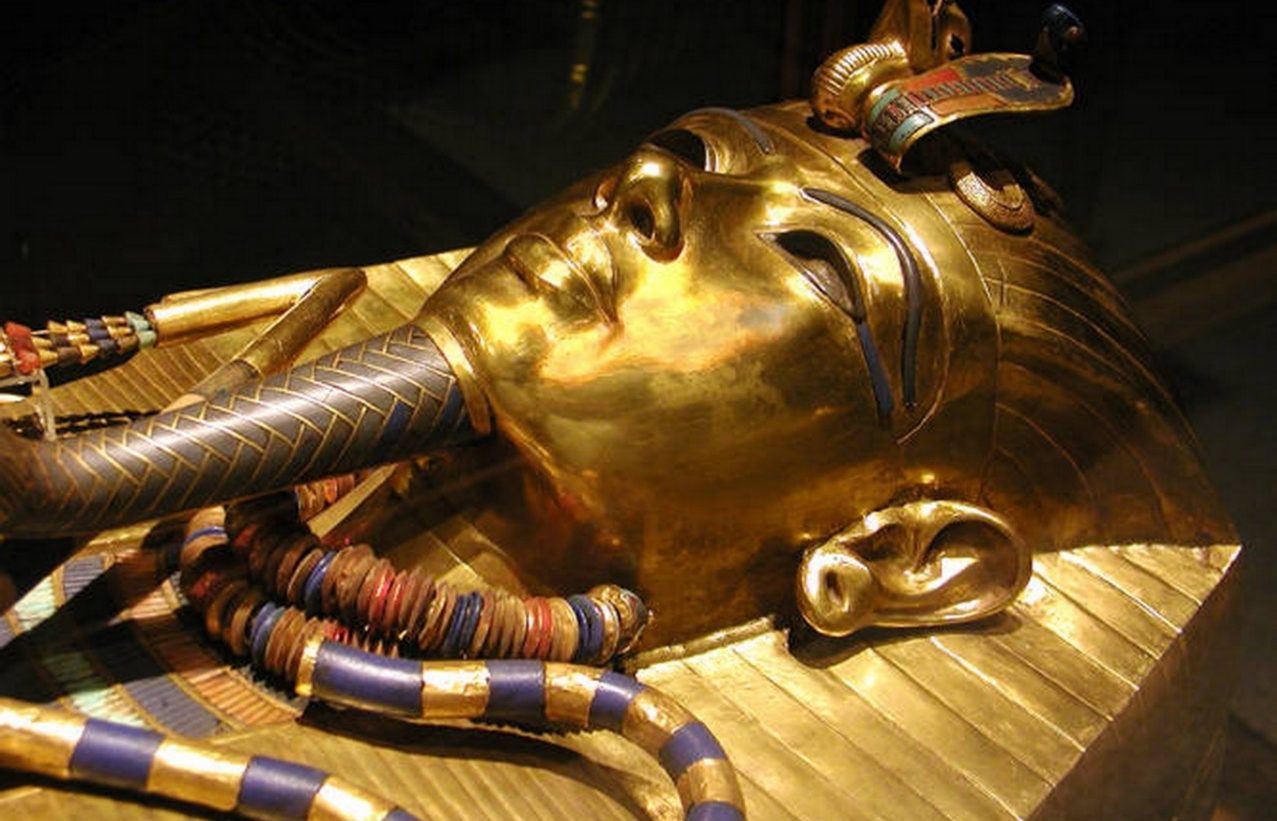
In the sun-soaked sands of ancient Egypt, amidst the grandeur of the Valley of the Kings, lies a treasure beyond compare—a treasure that embodies the hopes, dreams, and beliefs of a civilization that revered the afterlife above all else. This treasure is none other than the magnificent funerary goods of Pharaoh Tutankhamun, meticulously crafted to accompany him on his journey to the realm of the gods and ensure his eternal peace and safety in the afterlife.
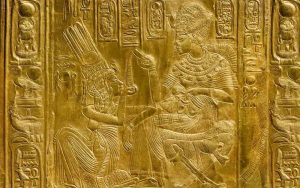
From the moment of his ascension to the throne as a young boy, Tutankhamun was destined for greatness—but it was in death that he would achieve immortality. Believing in the existence of a vibrant afterlife filled with all the comforts of the earthly realm, the ancient Egyptians spared no expense in preparing their pharaohs for the journey beyond. Tutankhamun’s tomb, discovered nearly intact in 1922 by Howard Carter, stands as a testament to this belief, containing a wealth of treasures designed to accompany him on his journey to the afterlife.
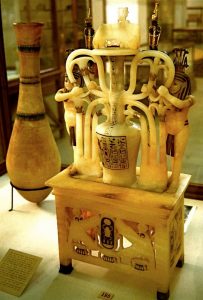
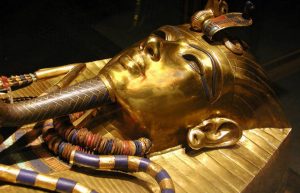
It was the first time that anyone had contemplated a complete grave goods from Pharaonic Egypt, that he had not been a victim of the looters and thieves of antiquity.
Thus, the find not only uncovered a unique artistic ‘treasure’, it was also an incomparable opportunity to study and understand the significance of burial and life in the Hereafter for the ancient Egyptians.
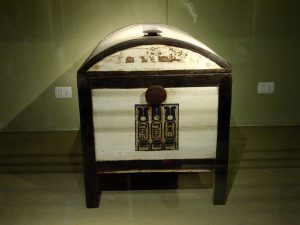
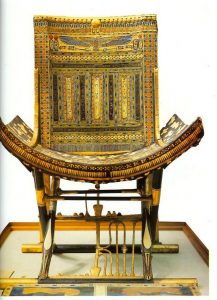
Since prehistoric times, the Egyptians buried the body of the deceased along with objects that were considered necessary for survival in the afterlife: ceramic bowls (probably with food scraps), some ornamental element and utensils such as knives.
Soon the tombs of high-ranking characters were distinguished by the quality of their grave goods and by having a more complex structure